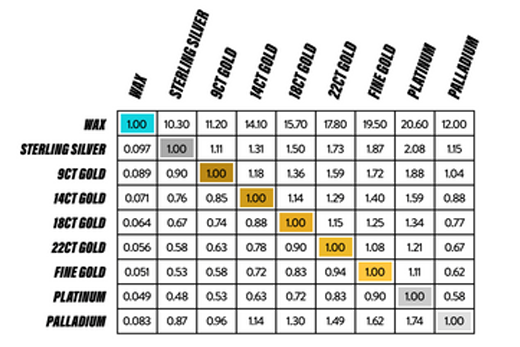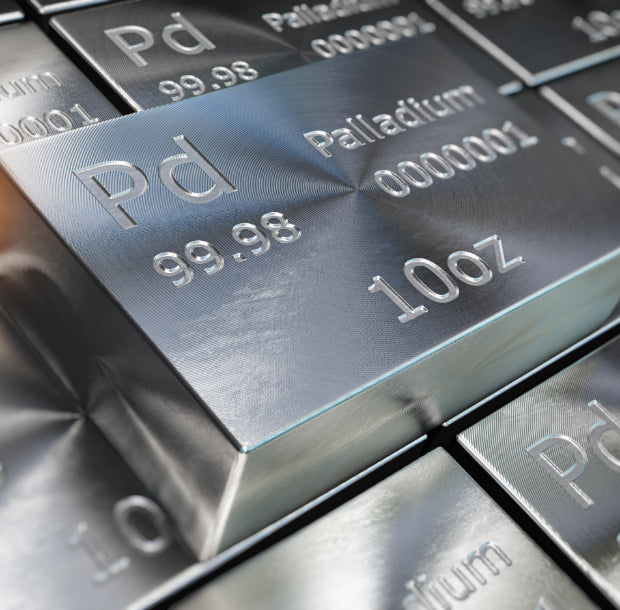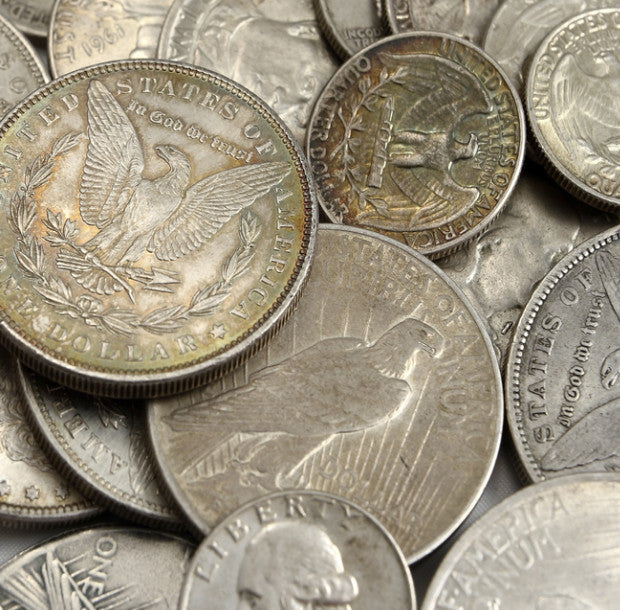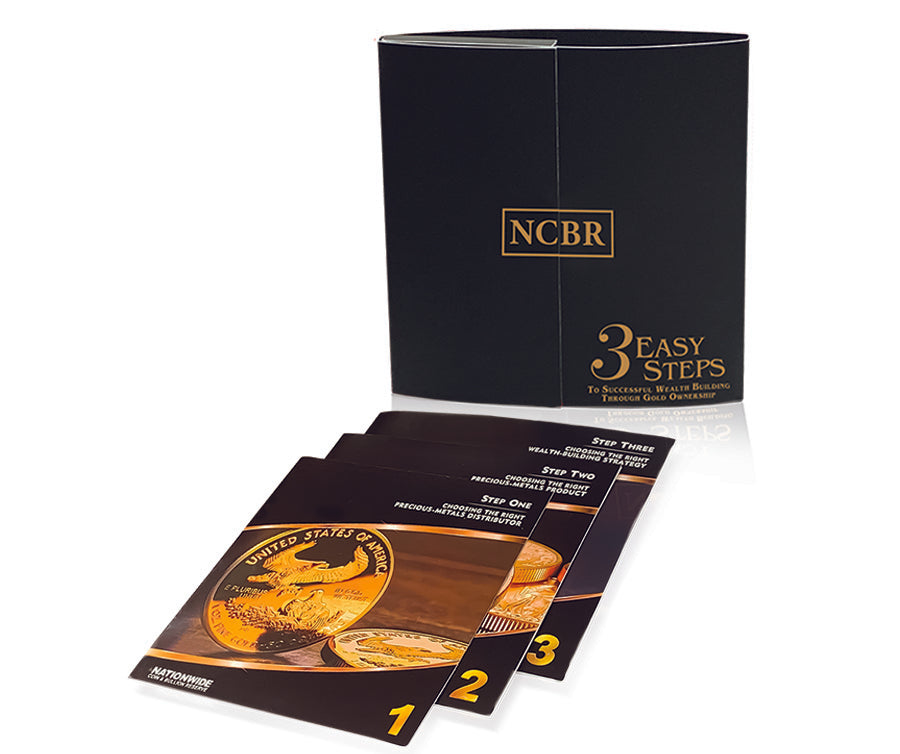A precious metal conversion chart is among the most valuable and necessary industry tools. A complex, multi-faceted metric and industry standard, several prerequisites are essential to learn before diving into the actual conversion chart. Without this prior knowledge, it may be overwhelming to analyze and interpret a precious metal conversion chart.
First, what is considered a precious metal? Put simply, precious metals are those that possess a substantially high economic value. This high-value status can be correlated to the metals’ relationship with currency or, more plainly, to its rarity. Precious metals include gold, silver, platinum, palladium, and items composed mainly of any of these metals.
In addition to conversion charts featuring only very specific and select metals, it is also essential to understand the most common metrics used to measure the features of each precious metal. Among these include grams, karats, troy ounces, and several others.
Now, with this general base knowledge of precious metals, it’s much easier to make sense of precious metal conversion charts, how they function, and how to interpret them.

WHAT DO PRECIOUS METAL CONVERSION CHARTS MEASURE?
Precious metal conversation charts are designed to simplify the casting and comparison processes. When interpreting one of these charts, the user can convert the weight of a given precious metal piece to that of another precious metal. An alternative to this is to begin with the weight of a wax mold and then convert that to a precious metal weight.
To better understand its purpose, it is important to know the casting process and the role that the weight of the wax will play. Casting refers to the process of pouring hot liquid precious metal into a mold to craft it into the desired shape. This is a standard process in making jewelry or bullion pieces.
The process works by starting with a wax mold and its weight, then determining the exact weight needed of a given precious metal to replicate that mold through casting. The necessary math to achieve that number is extensive. The chart makes it much more straightforward.
The process for converting precious metal weights between one another is similar. An excellent example of this could be possessing a silver ring that weighs 8 grams. If you’d like to know what the same ring would weigh in platinum or any specific purity level of gold, the conversion chart simplifies that process.
This simplification is essential to the industry for many reasons. Not only does it make the actual conversion process more manageable, but it also helps the price-setting and product creation process. Because the weight content of any precious metal within an item is what is used to set its price and value, knowing that precise information early in the creation process is critical. It is also an important skill to possess, analyzing and effectively interpreting a precious metal conversion chart, because the density and composition of each precious metal are so diverse. By distinguishing what one object, shape, or size might weigh in one precious metal and differentiating from another, it becomes easier to showcase expertise in the industry.
HOW TO READ A PRECIOUS METAL CONVERSION CHART
With a quick Internet search, you will find precious metal conversion charts on countless sites. With a general understanding of what they are designed to tell you, you’ll need to know how to interpret them correctly.
Although there is an excellent level of consistency among the different charts, websites and companies may have unique charts that function the way that offers their services and labor the most convenience. For example, many charts might use 18 karat gold as their base precious metal for reference. This does not mean that another chart can’t or won’t use silver.
The first step in reading a conversion chart is to confirm the precious metal that you’re working with, as well as what it weighs. Alternatively, you can base the conversion on the wax mold prototype for a future product.
The precious metal conversion chart will show a vertical axis and a horizontal axis. One will be deemed as the axis on which you should select the precious metal that you have in front of you. The other axis will be the precious metal to which you are trying to find the conversion weight.
Throughout the chart, you will see numbers corresponding to each potential conversion. In other words, these numbers are the conversion factors. They connect each precious metal to one another based on density and weight ratios between them.
Take the current weight of the precious metal piece that you possess, find the area on the conversion chart that connects the metal of your current piece to the one that you are looking for a conversion to, and then multiply the current weight by the denoted conversion factor. To convert a wax model weight to a specific precious metal, you will follow this same process.
For example, earlier, we referred to a silver ring that weighs 8 grams. If you want to convert this weight to platinum using this precious metal conversion chart, you will need to find silver along the vertical axis on the left. Then, you will scan across the chart to find the conversion factor where silver meets platinum. You will see that factor is 2.08. Multiply 8 grams by 2.08. Your conversion rate from silver to platinum, in this case, will be 16.64 grams.
While this information may seem overwhelming at first, once you have some practice reading the charts, it becomes a simple process very quickly. Ultimately, it comes down to the fact that some precious metals are simply heavier than others. Developing an understanding that allows you to interpret a precious metal conversion chart easily is well worth the time spent learning about it.
Real Time Precious Metals Data Below







